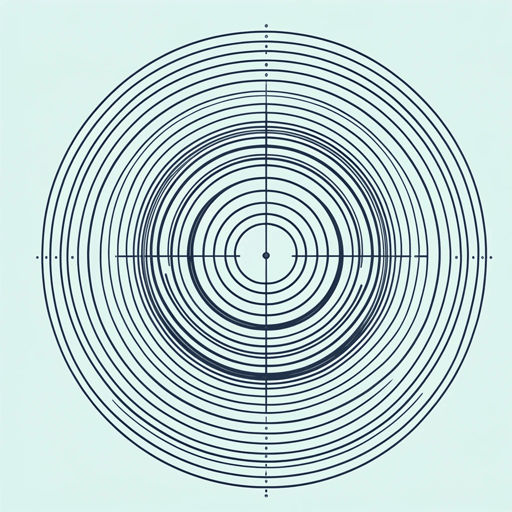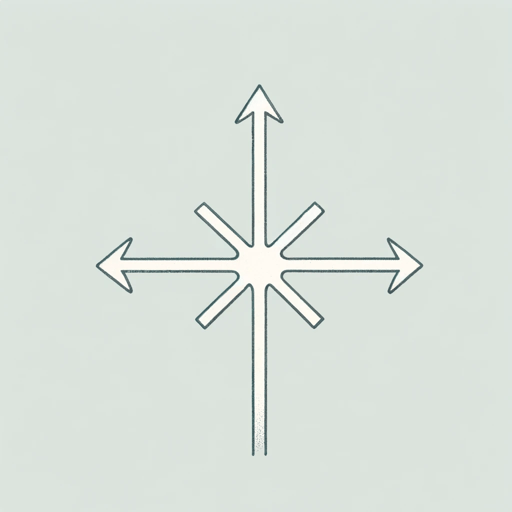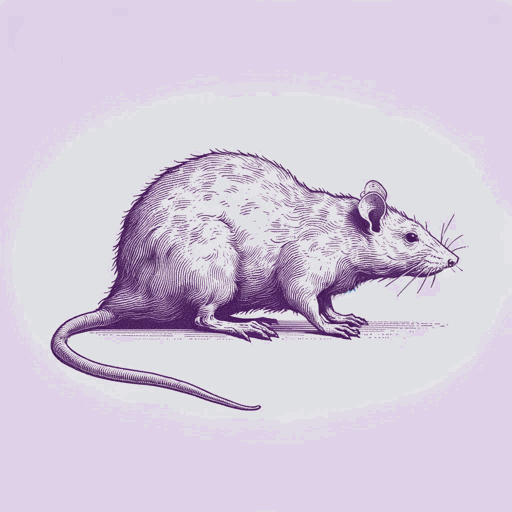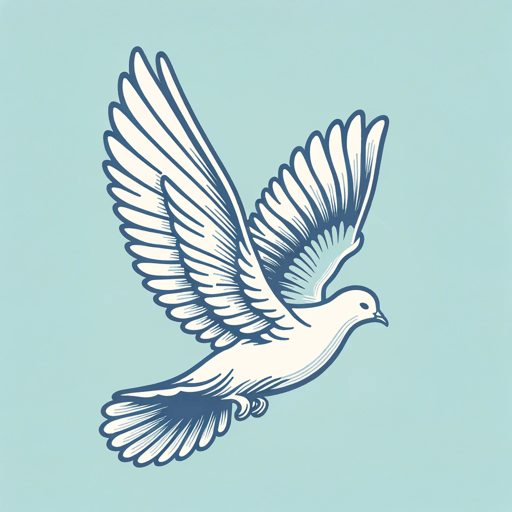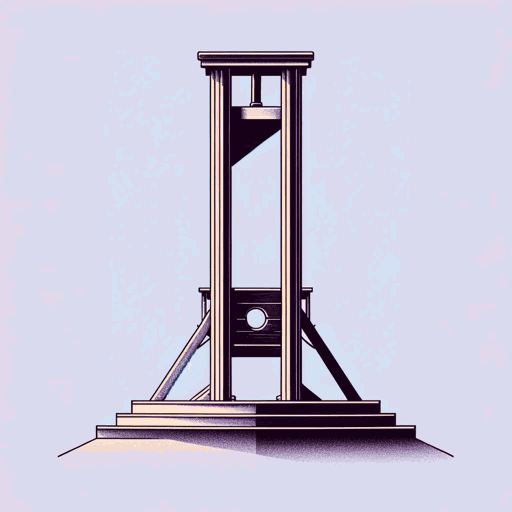47 pages • 1 hour read
Albert CamusThe Myth of Sisyphus
Nonfiction | Essay / Speech | Adult | Published in 1942A modern alternative to SparkNotes and CliffsNotes, SuperSummary offers high-quality Study Guides with detailed chapter summaries and analysis of major themes, characters, and more.
Background
Literary Context: The Writing Cycle of Albert Camus
Camus did his major writing in three cycles. Each contained a book-length essay, a novel, and a play; each was symbolized by a character from ancient Greek mythology. The first cycle deals with the absurdity of life and whether suicide was the proper response; it contains The Myth of Sisyphus, the novel The Stranger, and the play Caligula. The Greek character Sisyphus symbolizes this cycle: He must push a rock up a hill only to have it fall back down, and he must do so endlessly.
The second cycle addresses rebellion as a response to the impossibly absurd situations inherent in social and political oppression. This cycle contains a lengthy essay, The Rebel, on the possibility of rebellion as an antidote to injustice; a novel, The Plague, about a pandemic and a forced lockdown; and a play, The Just Assassins. The second cycle’s symbol is the Greek god Prometheus, who was punished for bringing fire to humans.
The third cycle, interrupted by Camus’s untimely death in 1960, sought to understand love from the absurdist perspective. The cycle contains an unfinished draft of an autobiographical novel, The First Man; its symbolic Greek character, the goddess Nemesis, punishes mortals who become arrogant toward the gods.
Related Titles
By Albert Camus




